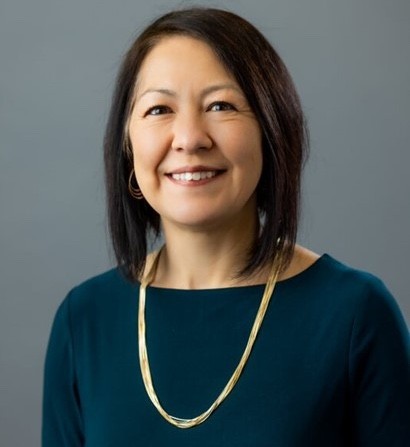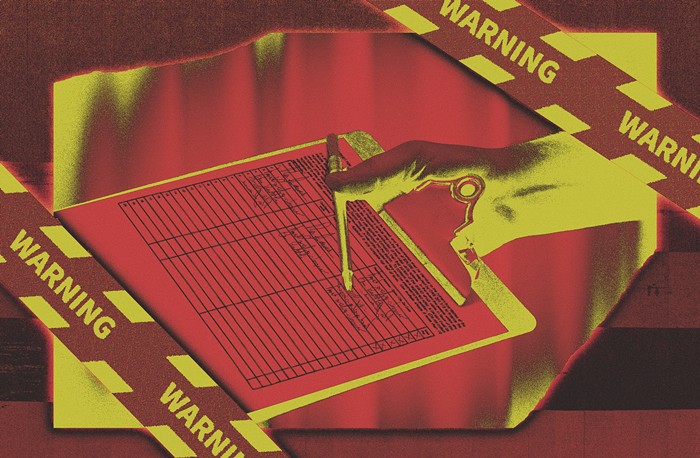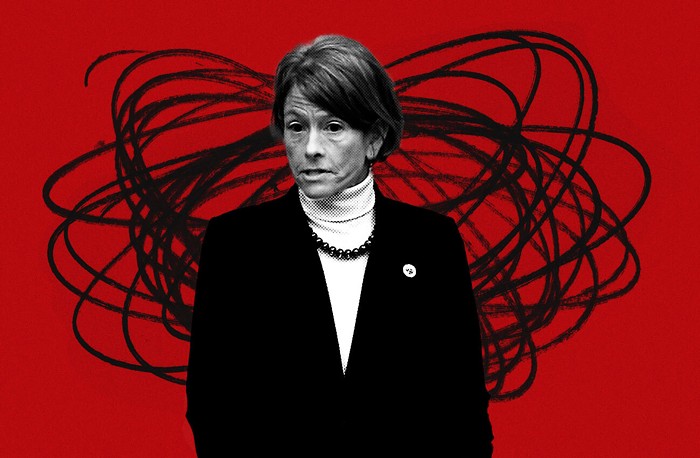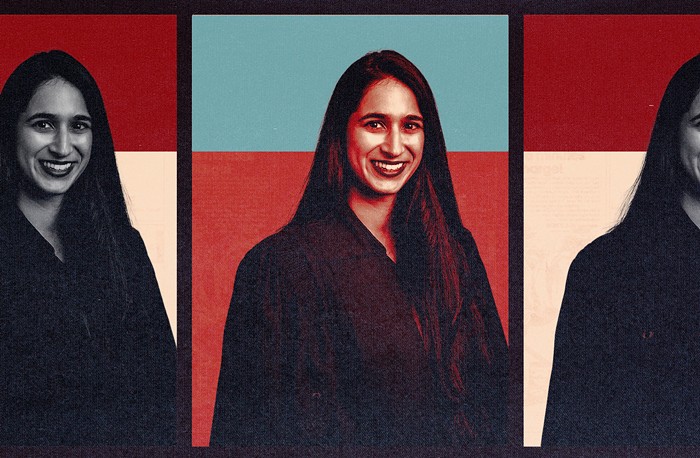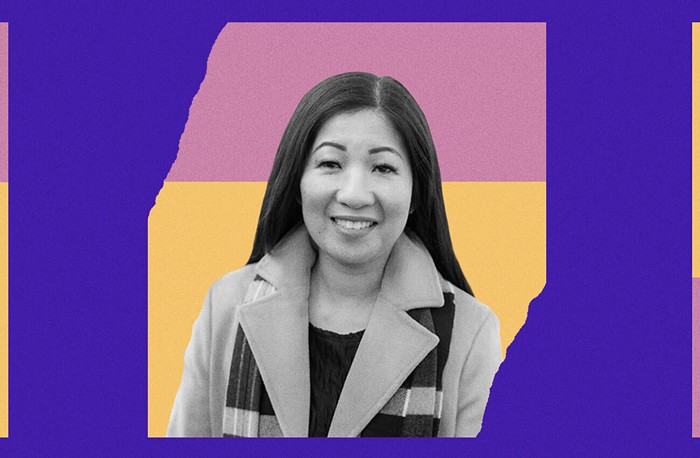
We noticed one thing throughout this year's Bumbershoot: There weren't many people at the weekend festival, especially during the early sets. If you went (although it didn’t seem like many of you did) I’m sure you would have noticed the low attendance as well.
So how many people went to this city-owned music festival this year? Bumbershoot's organizers won't say.
"We actually do not release attendance numbers," replied an unsigned media representative when I e-mailed Bumbershoot's media line.
Naturally I asked why they are withholding the figures.
“No reason at all,” replied the media representative. “It was a great weekend—fans we’re [sic] smiling and the sun was shining. One heck of a way to end the summer.”
Gee golly gosh unknown media rep! You sure are right, it was a beautiful weekend with none of the weather problems that plagued earlier years of the festival. So why, even with the sun shining, did we keep noticing a lack of crowds?
Our music critic Dave Segal pointed out that for the first time in 12 Bumbershoots he didn’t have to fight through a crowd to get to the Fisher Green Stage on Saturday to see Superorganism. Chase noticed that Seattle Center “seemed thinner than recent Bumbershoots,” and this is what I saw ten minutes before Sunday night’s first headliner, Fleet Foxes, took the stage.
10 minutes before the Sunday headliner goes on pic.twitter.com/CIPURjq4gW
— Lester Black (@leddder) September 3, 2018
It seemed that other than a few notable shows, crowds were noticeably smaller at this year’s festival. Now, The Stranger’s perception is clouded by years of pot smoke so we might just be full of shit—you know what is not affected by recreational drug use? Attendance numbers.
But, in a divergence from previous years, Bumbershoot’s organizers don’t plan on giving out the numbers. In 2015, AEG told the Seattle Times on the final day of that year’s festival that more than 80,000 tickets had been sold. In 2017, the Seattle Times published on Saturday of that year’s festival that 74,000 people were in attendance.
“There is no policy on releasing or not. We just [don't] have any obligation to do that and we don’t have figures to release,” the unsigned media person at Bumbershoot said in email to me.
I reached out to AEG, the private company that has a contract with the city to run the publicly-owned festival, but they haven’t gotten back to me. And Deborah Daoust, a spokesperson for the Seattle Center, said the city’s annual report from the festival organizers does not include full attendance numbers.
“We get sort of a final report from Bumbershoot sometime in October typically and there are some attendance numbers but not complete attendance numbers so we never see the complete attendance figures,” Daoust said.
However, that annual report will include ticket sales. So while it's up to AEG if they want to tell us how many people showed up on Labor Day Weekend, they are required to tell us how many tickets they sold. That’s because Bumbershoot is trademarked and owned by the city, and how much the city gets paid by the festival’s organizers depends on how many tickets the festival sells.
It’s actually a bit of a sweetheart deal for the Bumbershoot organizers. One Reel, the 501(c)3 nonprofit that has the sole rights to use the Bumbershoot name and Seattle Center during Labor Day Weekend, nearly went bankrupt after the 2014 festival, and owed the city over $690,000 in backed fees, according to the city’s 2015 contract with One Reel. One Reel got bailed out by AEG, who now works as a sub-contractor for One Reel, and the city accepted a plan that it get repaid depending on how future Bumbershoot tickets sales perform.
The city agreed to forgo a facility fee in 2015 if the festival sold fewer than 75,000 tickets, and in subsequent years One Reel has paid the city $1 per daily ticket. That money pays off the nonprofit’s remaining debt with the city.
This year's debt payments will be based on One Reel’s annual report due to the city in November. So eventually we’ll find out if The Stranger’s suspicions are accurate and attendance was down this year. And if ticket sales were low this year we can start brainstorming why a city owned festival is struggling. Is it because AEG banned reentry this year? Is the lineup to blame? Or is it just too fucking expensive?
Maybe the problem is the festival’s $130 per day ticket price, which is notably higher than the $109 Bumbershoot charged in 2015 and far more than the festival has been historically, which was free when it started in 1971. The festival charged for tickets starting in the mid 1970s, although the Friday of each festival was free until the mid 1980s and even by 2007 a full price single day ticket cost only $40 (and if you were in Seattle in the mid-2000s you'll likely remember a multitude of ways to find cheaper tickets by buying early or at various local businesses that had discounts).
If inflated prices are driving out attendees, then the city certainly has the leverage to demand cheaper tickets. The city’s contract with AEG and One Reel requires that Bumbershoot’s “essential character” as “an affordable, public event” be maintained. Is a $130 ticket affordable?
The attendance numbers would give us a good idea.

